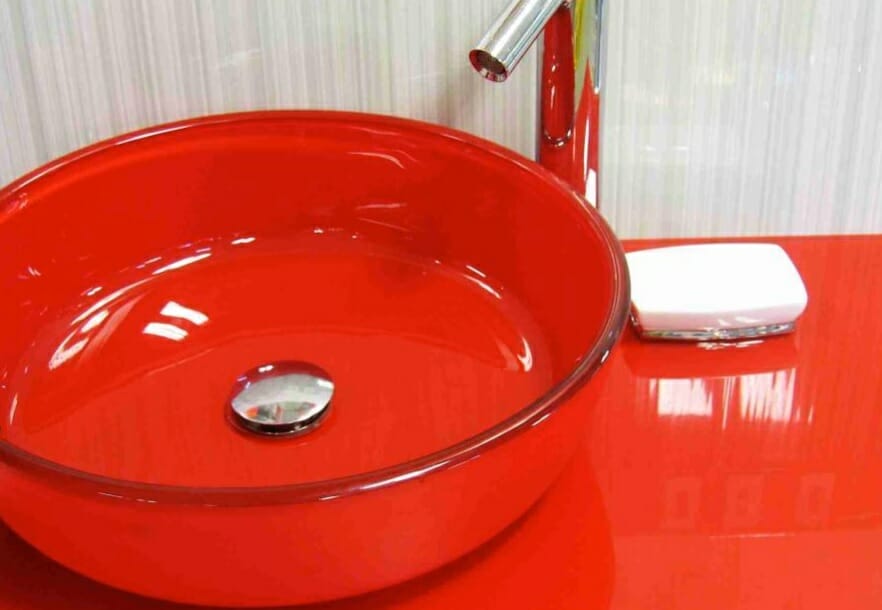Plumbing leaks are very common. They cause a lot of disruption in the home, and understanding why they occur can help. Once you know these three common causes of leaks, it’s easier to efficiently deal with the problem. If you have a plumbing leak in your home, contact your local certified plumber to fix the leak quickly.
- A Broken Seal
Most of the plumbing fixtures and water using appliances in your home have some type of seal. This is essential to prevent water leaks, and when a seal fails, a lot of water can be released in a very short period of time. If you’re good with tools and you have some spare seals on hand, you may be able to fix this problem yourself. But, if you delay too long, a great deal of water damage can be caused, and it’s important to act quickly.
2. Pipe Corrosion
If you have older plumbing pipes, they could be degraded and corroded. Gradually, the pipe walls will become weaker, leading to pinhole leaks that are tricky to find. Over time these holes can grow larger, resulting in cracks and eventually breaks in the pipe. If you notice any puddles of water under plumbing fixtures, you may be able to locate the source of the leak yourself. Binding the pipe with plumbing tape is a short term solution, and a professional repair or replacement is required. But, many plumbing pipes are harder to access; they may be located behind walls and in crawl spaces. So, if you notice damp patches on the wall or ceilings, you have a plumbing pipe leak in those areas.
3. Plumbing Clogs
Many people understand that a clog in the drain line can lead to a sewage backup. But, a clog can also cause plumbing leaks too, and a back up can occur at any plumbing fixture. If the clog is located close to the drain entrance, it will only affect that specific drain line. But, if you notice that multiple drain lines are affected, the cause is a substantial clog located deep in the drain line. The natural reaction for most people is to pour a caustic drain cleaning product into the drain. This should be avoided because the caustic chemicals that melt the clog can damage the pipes too! For this reason, a manual removal is always preferred, and this is how a professional plumber removes a clog.
A localized clog can be cleared with a plumbing auger, which is also known as a “snake.” This tool is fed into the drain until it butts up against the clog, and a handle is turned to turn a bit that breaks the clog apart. But, if the clog is deeper, a domestic augur will not reach the clog, and a local certified plumber should be contacted. They have the specialized tools, training, and experience to clear the clog safely.
In Conclusion
Plumbing leaks are not inevitable; they are preventable if you get a regular health check for your plumbing system.
By Giovanni Longo President Flood Brothers Plumbing
Giovanni Longo is a 3rd generation master plumber who has been practicing his craft and trade in the greater Los Angeles area for well over a decade and a half. A plumbing and hydraulics-engineering innovator, Giovanni’s particular world-class expertise focuses on dealing with challenging sewer system designs as well as resolving complex commercial and residential draining issues. As a certified Flood Mitigation expert, he is also well versed in a wide variety of water damage and remediation solution.





